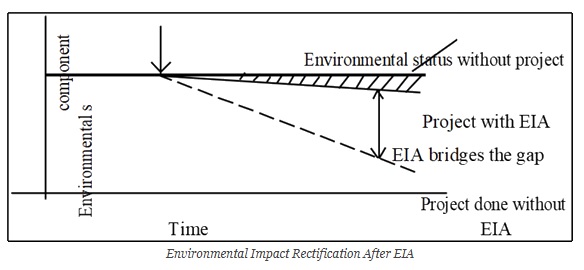7667766266
enquiry@shankarias.in
A proposal by the Union Environment Ministry to rank and incentivise States on how quickly they could give environmental clearances to projects has drawn fire from environmentalists.


References